Getting lost on the outskirts of Kyoto
| Travel Reports by Joshua Hugh | view profile of Joshua Hugh |
| previous post |
| next post |
| Note: The opinions and views expressed in this user report are those of the individual author and do not necessarily reflect the opinions and views of japan-guide.com. |
May 21, 2013 - Getting lost on the outskirts of Kyoto
Uji.
Known for its tea. Known for the temple on the 100 yen coin.
What you might not know is that it used to be the resort for aristocrats in the ancient times.
Below is the Uji River famed for the Kami there and Uji Bridge a key access point between Kyoto and Uji.
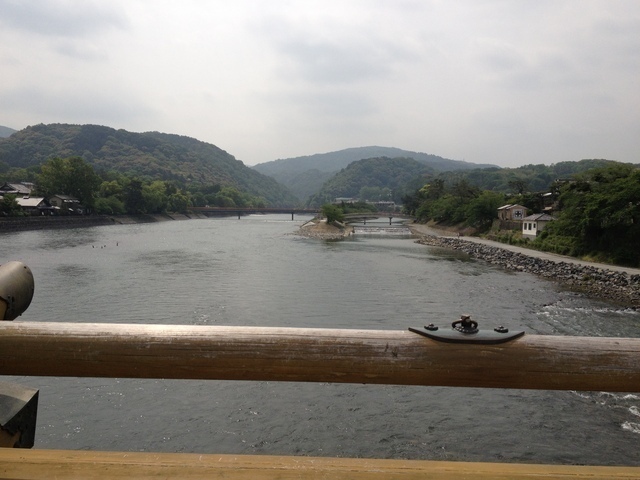
It is recommended to not take the JR Uji Line as the other train line gives better views, stops nearer to the attractions and is near a number of shops selling Uji's famed tea. (Not just the drink, but tea damgo, tea cheesecake, tea swiss roll...)
The first attraction that is easily located due to the plentiful signboards and maps in the area is this museum.
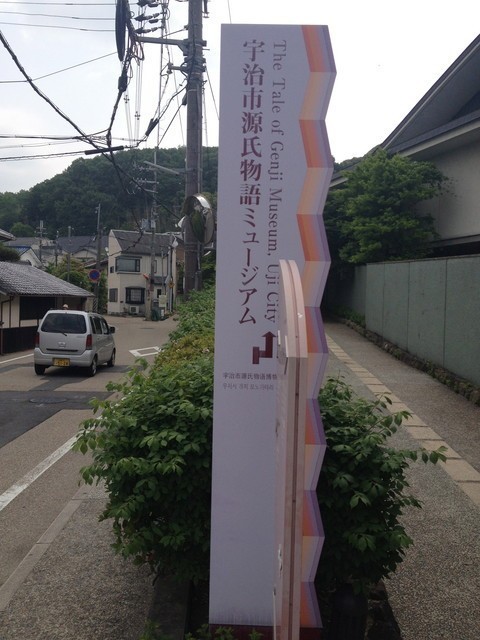
Besides real size figurines from Japan's most famous and her first classic (literature) novel. It also talks about Uji and why it was used as the setting for the 50 volumes book. A cinema displaying a 20 minute show every half an hour about the last 10 volumes of the book is an interesting point. The actors and props are hollywood class.
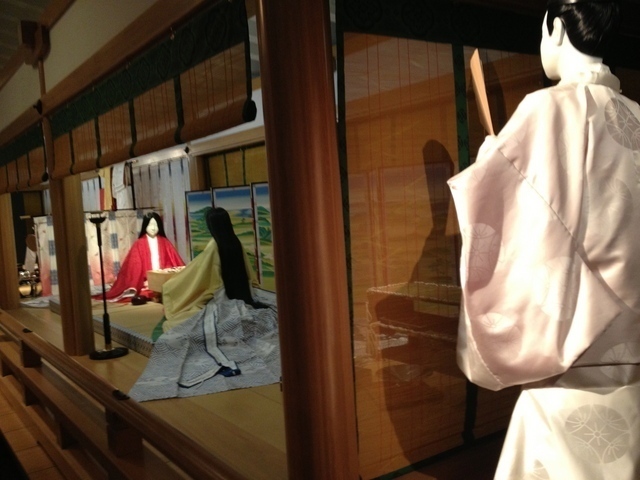
Walking less than half a Km east is Ujigami Shrine. Known for its sacred spring water. (Like Kiyomizudera, you can take a drink) Unfortunately, it's main hall is covered at the moment. Renovations perhaps?
Walking south under a large tori gate, you should come across Uji Shrine on the left.
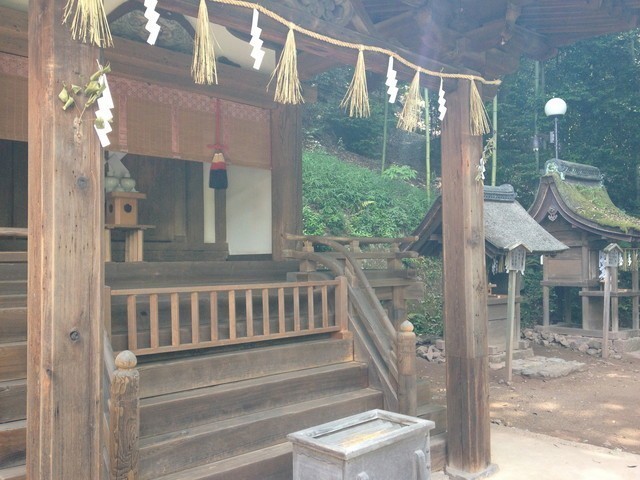
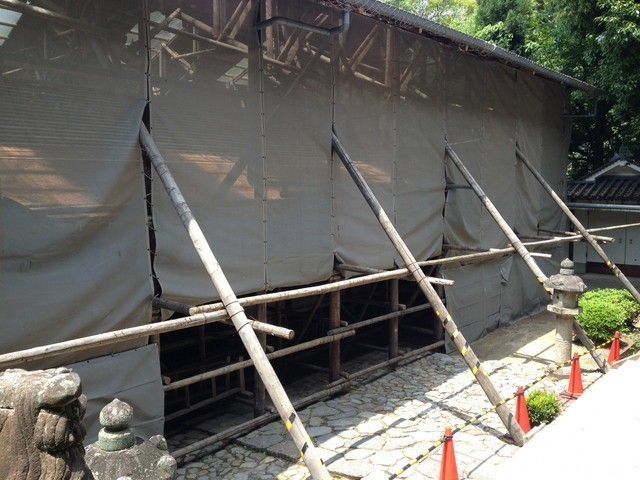
Uji Shrine is substantially larger than Ujigami but is not much different that many other shrines. Compared to the Kamo Shrines or Fushimi Inari in Kyoto, this shrine is lacking. However, it is a good gateway to get to the main river.
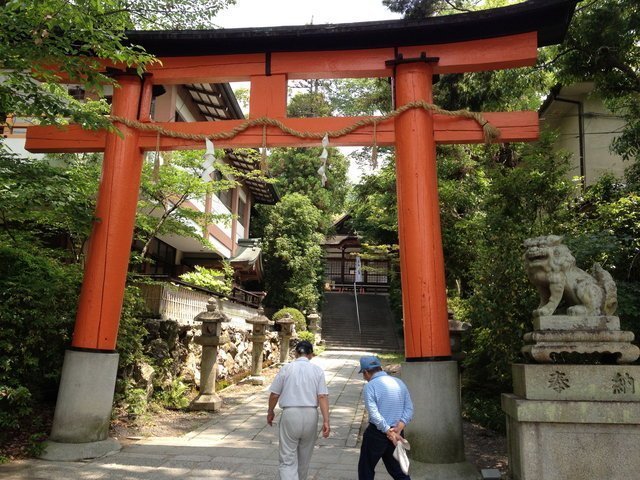
The main river is reminiscent of Arashiyama. Peaceful, rivers, trees.
Only difference is that the banks of Uji river are far less developed making it more pleasant for a stroll. Just don't expect to have lunch or snacks on the way.
Note: Below is an island in the center of the Uji River. It is famed for the stoned pagoda. Squint your eyes to see.
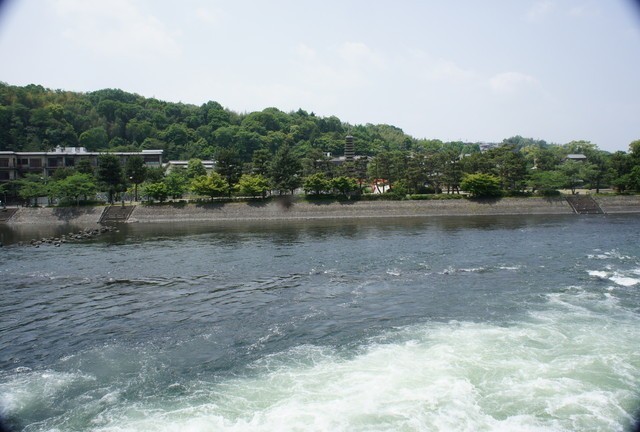
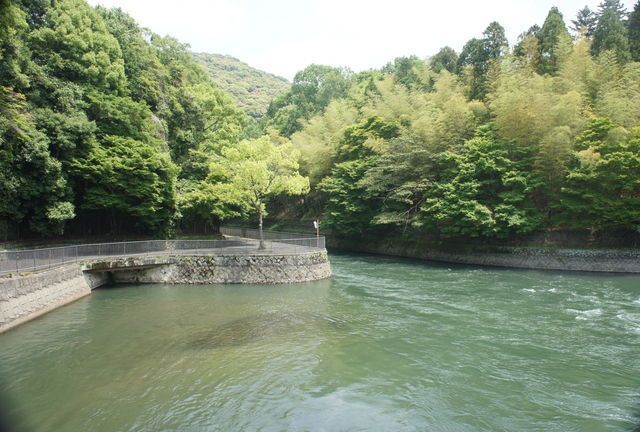
Below is the bridge where the above two photos are taken. Either side of the same bridge. Cooling and pleasant sounding.
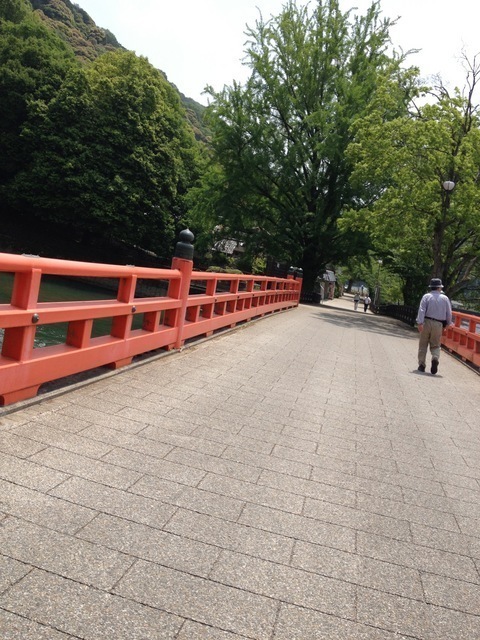
About 500m east of Uji Shrine, turn left as you exit, and up a long steep incline is Koshoji Temple. It is literally built into the mountain and is far more open and bright compared to many other mountain temples in Kyoto.
Below is a photo of the largest bell I have seen.
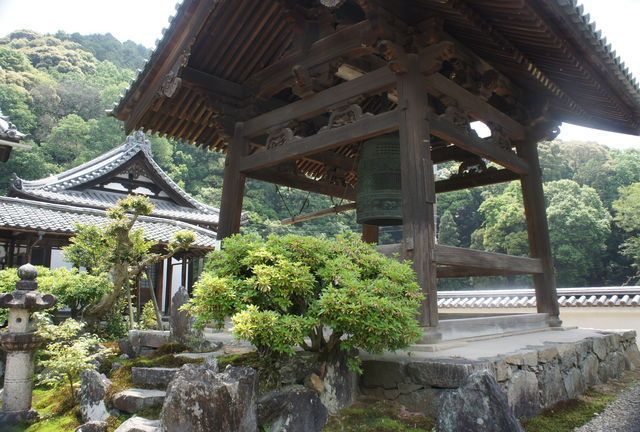
It has a pretty garden. This photo does not do it justice. Go there for yourself for a good look.
Note: Walking about from one temple building to another may require changing into flats.
As you leave this temple, same way you came turn right and cross the first bridge to the stone pagoda island (the island inside Uji River.) Do not make the same mistake as me and turn left, hoping to cross the suspension bridge. Doing so will lead you to the fishing area and a path into the mountains for autumn leaves viewing. (The tourist map provided gave a false impression of distances)
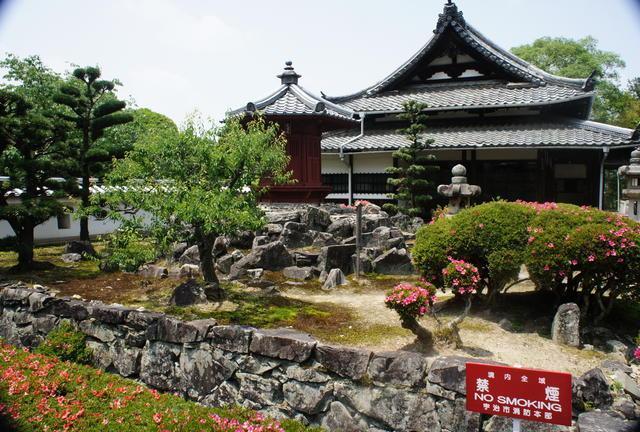
What happens if you turn left. This place should be all yellow and red in Autumn. A man with a fishing rod can be seen here. As for the rest of the people, I can only guess. Some are sleeping in their cars while others are loitering around.
Around here, fisherman can be seen at night. Tickets for this cormorant fishing are available for night viewing.
On the other side of the river, one can visit Byodo-in temple. However, due to it being renovated I decided not to upload any photographs.
Instead of doing what I did you could start from Byodo-in, cross the river via the stone pagoda island, drop by Koshoji Temple, enter Uji Shrine from the main entrance and end at one of the train station many shops for lunch.
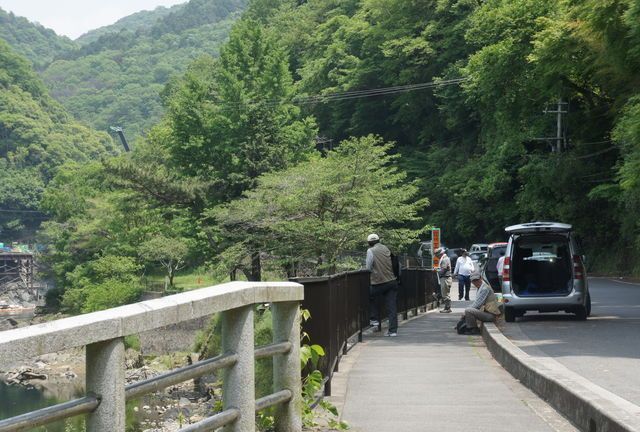
From Uji I took the train to Demachiyanagi, and onto the tram to the last station. From here I took the cable car to the top of Mt Hiei.
Do note that Mt Hiei could be done alongside Kurama/Kibune due to their proximity, however I recommend spending a whole day there due to its vastness.
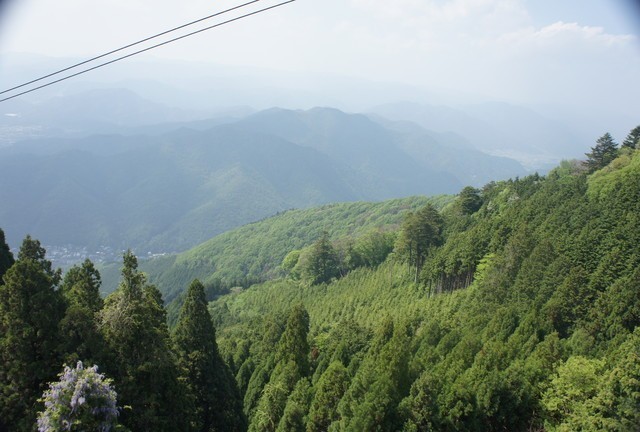
Hieizan is REALLY HUGE. Normally roads are built to get you from one part of the mountain to another. This one has many detours to all the different buildings- about 25 in all.
Besides temples, there are museums and warehouses too. Expect lots of walking. A good map is essential as the place has many paths and side paths.
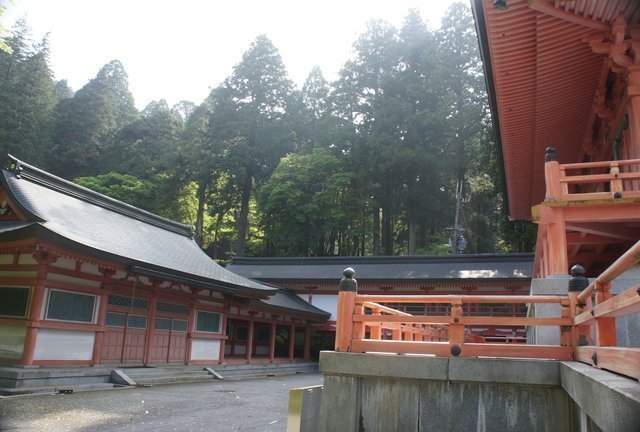
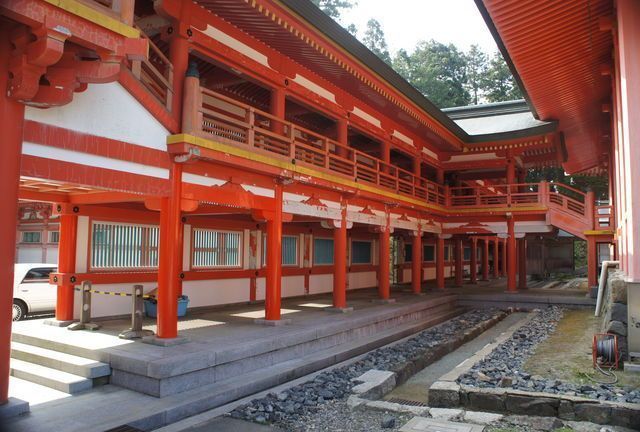
It is a true maze with many things in Japanese. One can still find their way around due to the English signboards. They are however limited and walking down the wrong path on a mountain is never a good idea.
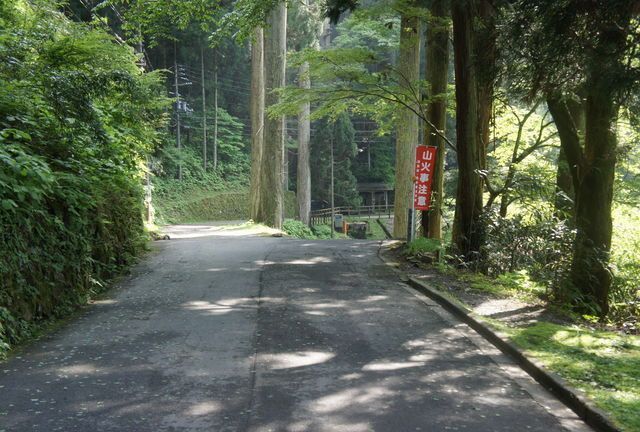
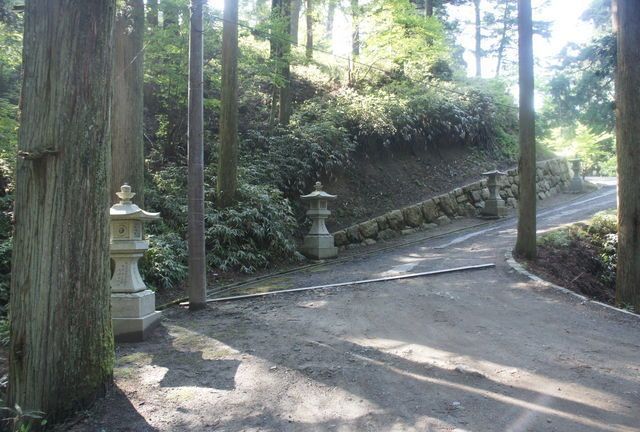
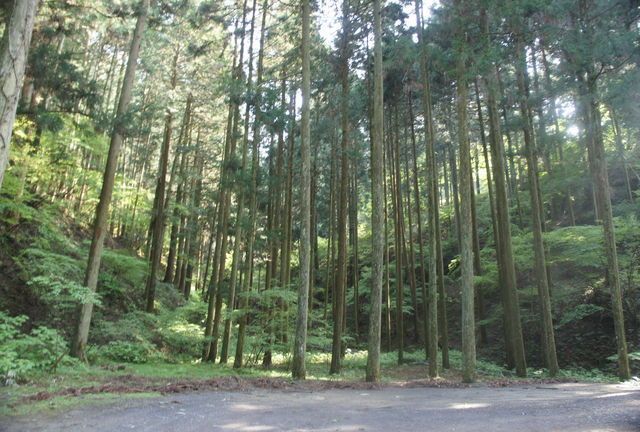
As can be seen. Hieizan is really huge. Vast open spaces just means there is tons of walking. Bring water as there are no vending machines and wear proper attire.
Do take note of the timings for the bus ride out. The place closes at 4:30 pm but on weekdays the last bus is before 4 pm. Unless you want to climb to the mountain top for the cable car ride down and want to get honked at and scolded by angry drivers curse you as you climb a the steep mountain ride without pavements and are prepared to fight off the sudden appearance of wild animals, PLEASE DO NOT BE OVERAMBITIOUS.
Note: Hieizan is split into three sets of temple areas. The main area hilly area has tenryuji, the next area Saito is more green, and the last area is really secluded and should not be attempted unless time permits.
| previous post |
| next post |
|
List of Posts:
2014/12/28 - Kyushu in winter 2013/11/15 - Off the beaten path- Western Japan 2013/05/21 - Getting lost on the outskirts of Kyoto 2013/05/20 - Uncommon but fun places 2013/05/19 - Mifune Matsuri and off the road temples 2013/05/18 - Off the beaten path |